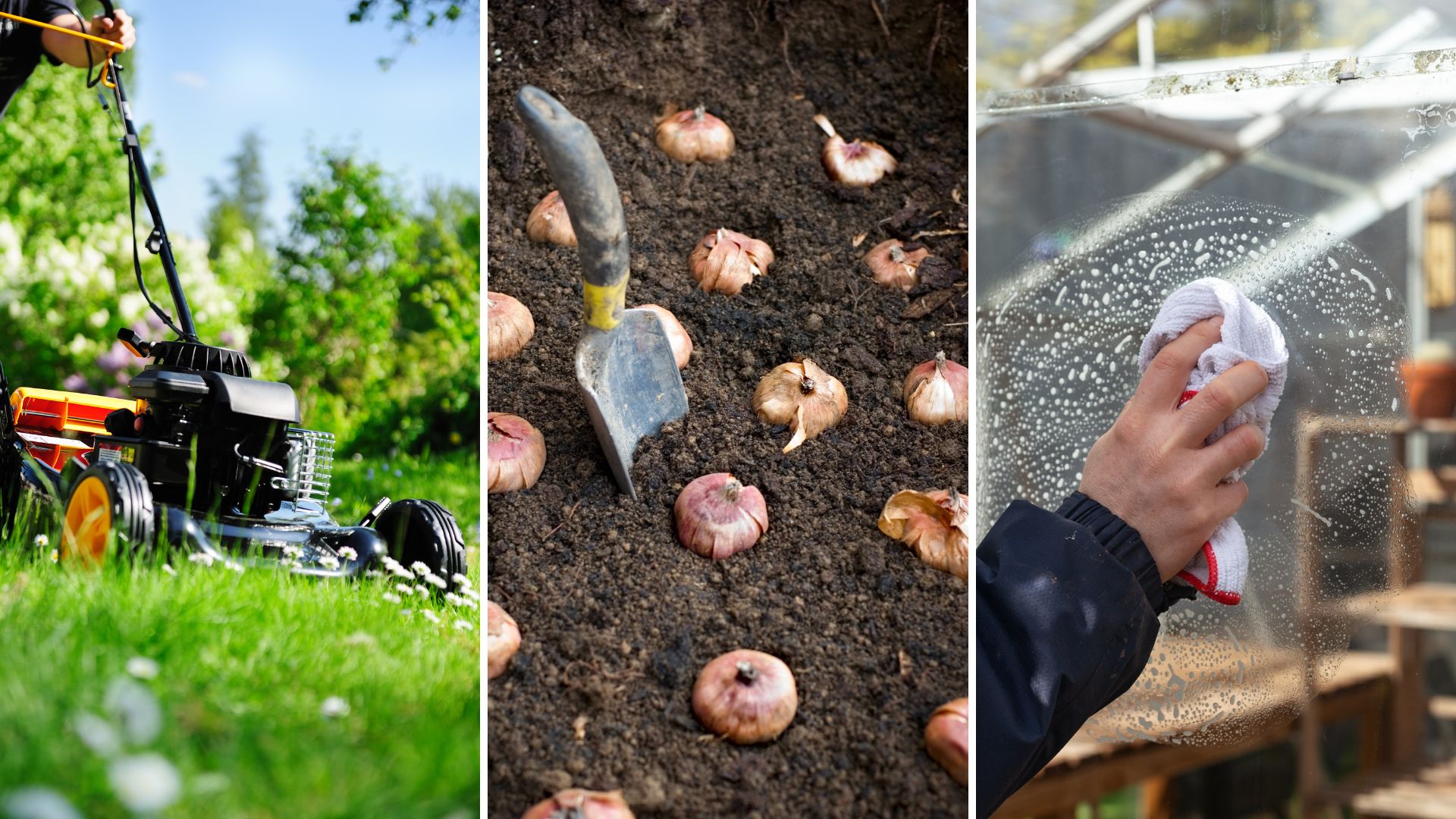
With Spring well and truly around the corner, it's time to get your gloves on and step out into the garden. According to the experts, there's much to be done outside to put you in the best position for sunny days.
It's important to keep up with your seasonal gardening deadlines, from plants you need to prune in January to essential summer garden tasks, staying ahead of the game is key to plant success. Over winter these jobs do tend to decrease, however, with spring near the to-do list has begun to grow again.
So while you may have already pruned the necessary plants for March, here are all the other tasks you can tackle to get your garden spring-summer ready.
Essential March gardening jobs
Sorting the garden out can of course be done any time of the year but there's something extremely rewarding and efficient about doing it just before spring arrives. You can clean away all the winter debris, prepare your summer plants and finally get the beloved firepit out and ready for those long evenings.
But where should you start? We spoke to gardening experts to find out the high-priority tasks to get done this month and how best to do them.
1. Divide summer-flowering perennials
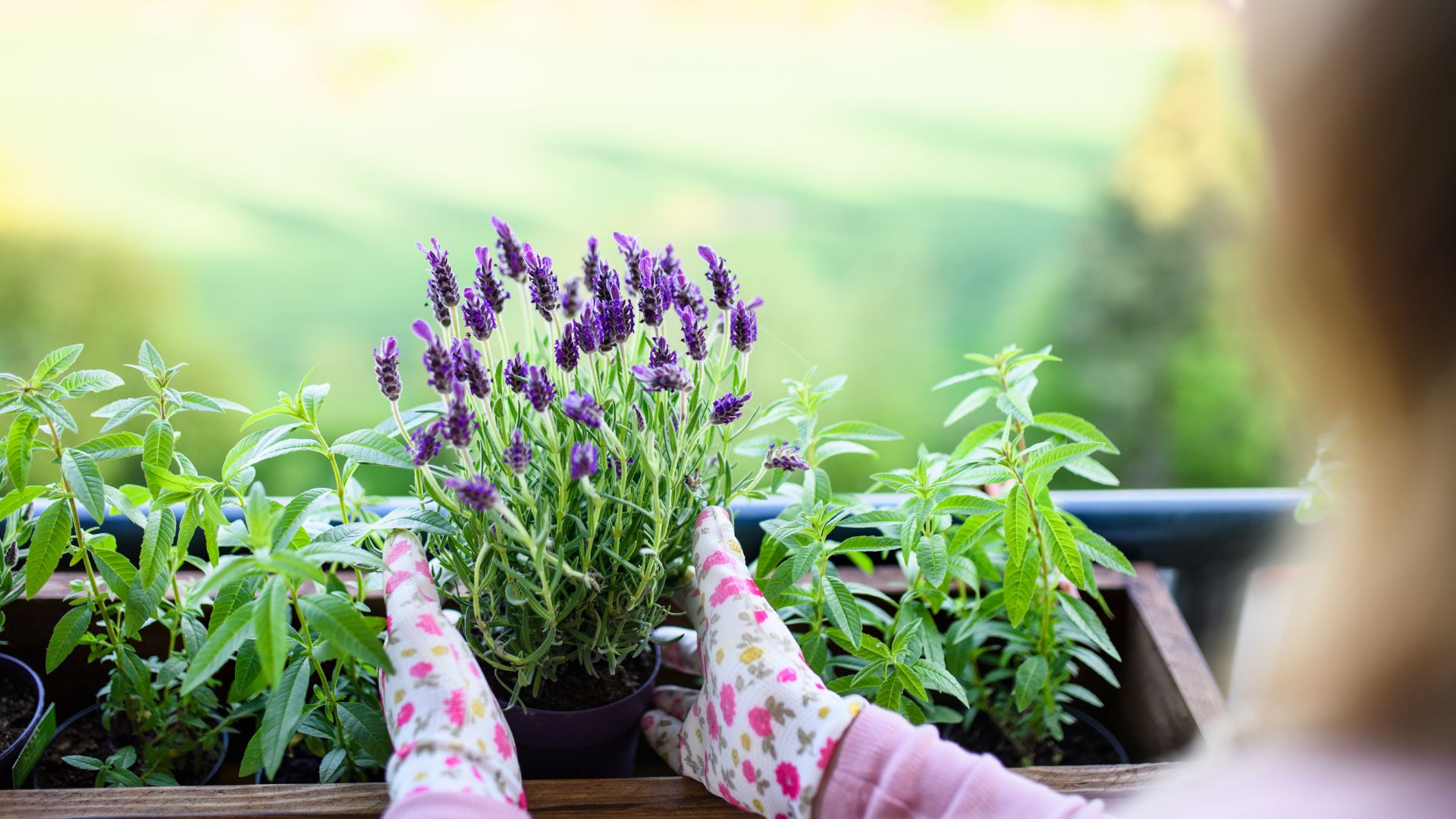
Summer perennials are some of the best plants that every plot needs, so multiplying them throughout your garden is a fantastic first job.
“Dividing plants can promote new growth and fill any gaps in your bushes," explains Jamie Shipley, a gardening expert at Hedges Direct. "You’ll also get new plants for free! Diving summer-flowering perennials - like lavender and potentilla - in early spring usually provides the best results."
He goes on to explain that, "Mid-March marks the beginning of the growing season, so dividing during this time will allow your perennials to establish themselves more quickly in their new home. The soil should also be slightly moist in early spring, making it easier to work with than soggy soil. To divide and replant your perennials, use the following steps as a guide."
2. Prune your shrubs
Pruning too early is one of the most common winter gardening mistakes and can lead to stunted growth for your favourite plants.
“Pruning is a great way to keep your shrubs looking healthy come spring. March may be the last chance to get the job done before new growth begins, so it’s one thing to get ticked off your list,” says Jamie.
Summer-flowering deciduous shrubs like Buddleja davidii, Caryopteris, and hardy Fuchsia, need to be pruned between January and March when they are dormant to promote healthy growth in spring.
Whereas winter-flowering deciduous shrubs like Jasminum nudiflorum, should be pruned after the flowers have died in late winter, but before new buds begin to form. This will improve flowering the following year.
Finally, evergreen shrubs like Cherry Laurel are best pruned in April, they can be tackled in late winter if needed. To protect your plants from frost, Jamie says, "Make sure the weather is mild and there are no signs of frost, as this could damage your plants."
3. Clear away any winter debris
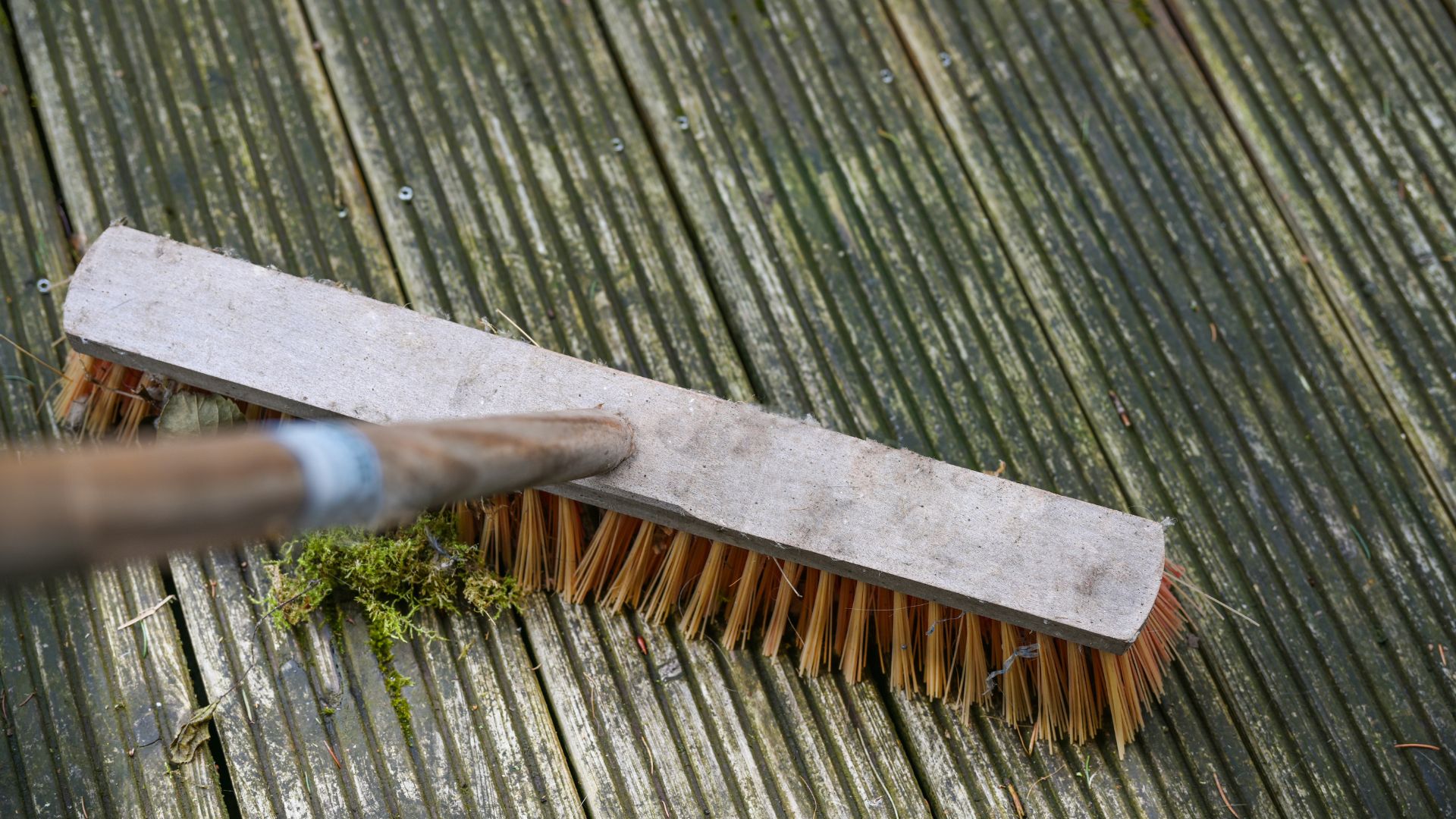
With the worst of winter out of the way, there are some less exciting jobs to get done too. From cleaning your patio to removing algae from fence panels and sheds, March is a good time to get scrubbing.
Tom Clamp, head of technical at Doff Portland explains, “Start by tidying up your garden to create a clean slate. Remove fallen leaves, twigs and dead plants, and compost the debris."
This is also a good opportunity to get your best outdoor furniture back in good shape. While you may have had it covered, there will probably be a few leaves, bugs and blobs of grime.
4. Stay ahead of weeds
Knowing how to get rid of weeds properly will be one of the best things you ever do for your garden. Well, unless you're participating in the rewilding trend and want to keep the weeds around.
“Weeds love spring just as much as we do,” warns Tom. “They thrive in the warming weather and can quickly take over your garden if you’re not careful.”
He explains that the best way to keep them under control is by acting as early as possible. He advises "Remove weeds while they’re still small and easy to manage. Hand-pull or hoe them before they establish deeper roots – it’ll save you time and effort later.”
If you've got more stubborn weeds, then Tom suggests using a targeted approach by mulching with organic materials to suppress the weed's growth. This will also benefit your soil and plants in the process.
“If you need to use a weedkiller, always read the label carefully and apply only as directed," he adds.
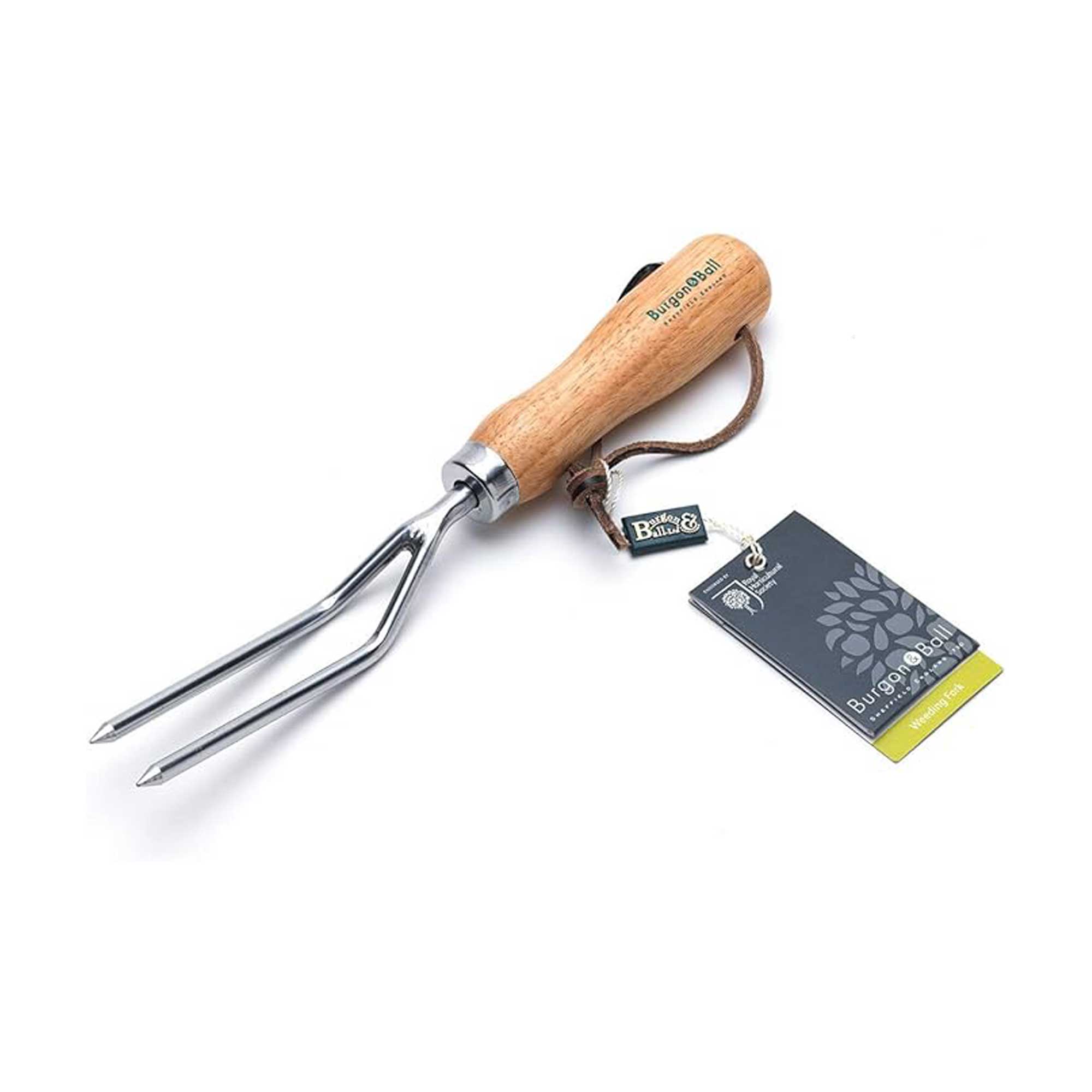
RRP: £14 | With its rust-resistant, stainless steel head, this tool is ideal for lifting out weeds with long roots. The handy leather cord means it can be hung up neatly afterwards.
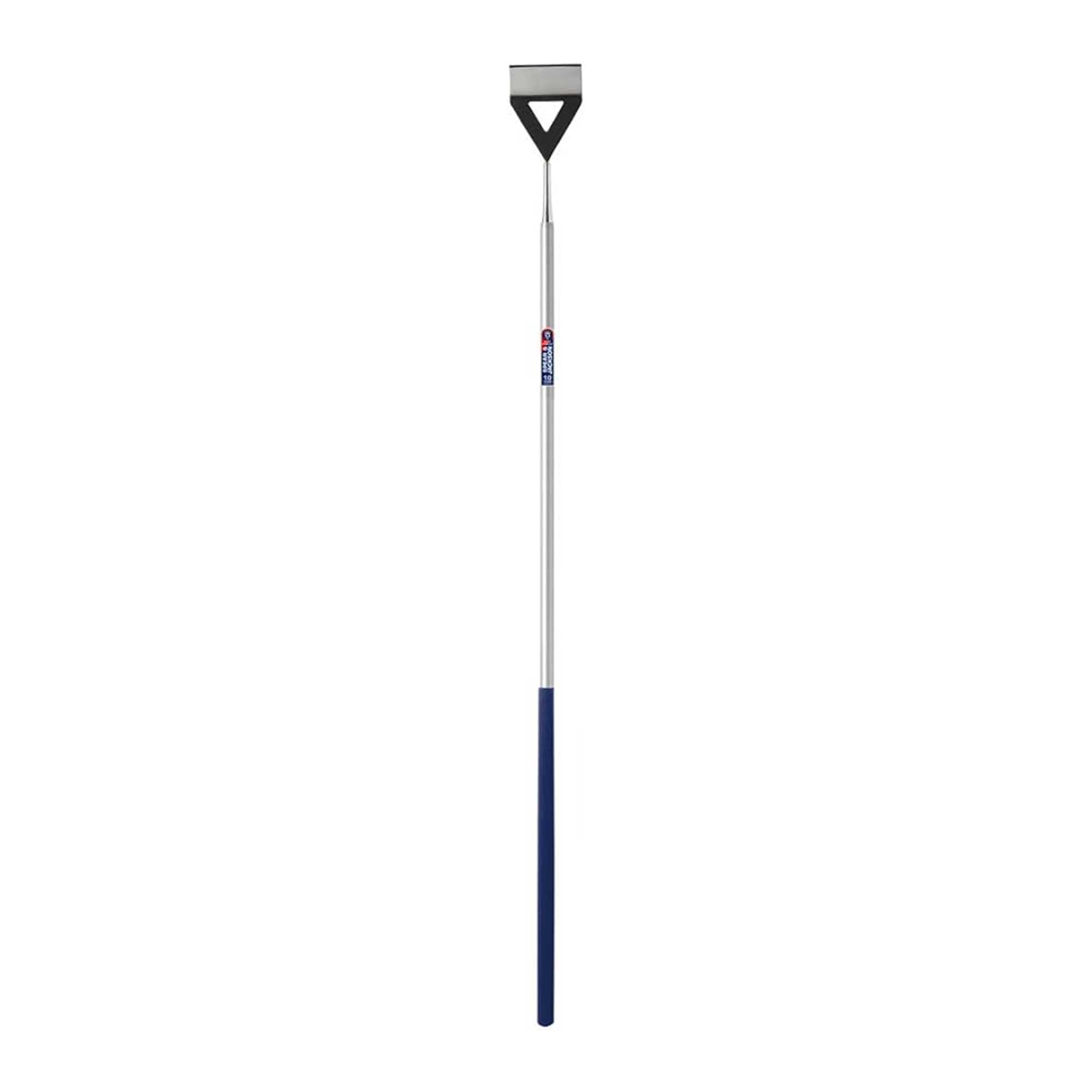
RRP: £27.58 | This well-rated tool is lightweight with a soft-feel grip and a mirror-polished stainless steel head. A great option for tackling annual weeds in garden borders.

RRP: £12.64 | These Gold Leaf RHS collections Chelsea Ladies Comfortable Leather Gardening Gloves are perfect for any job you need to tackle in your garden, especially weeding.
5. Be prepared for pests
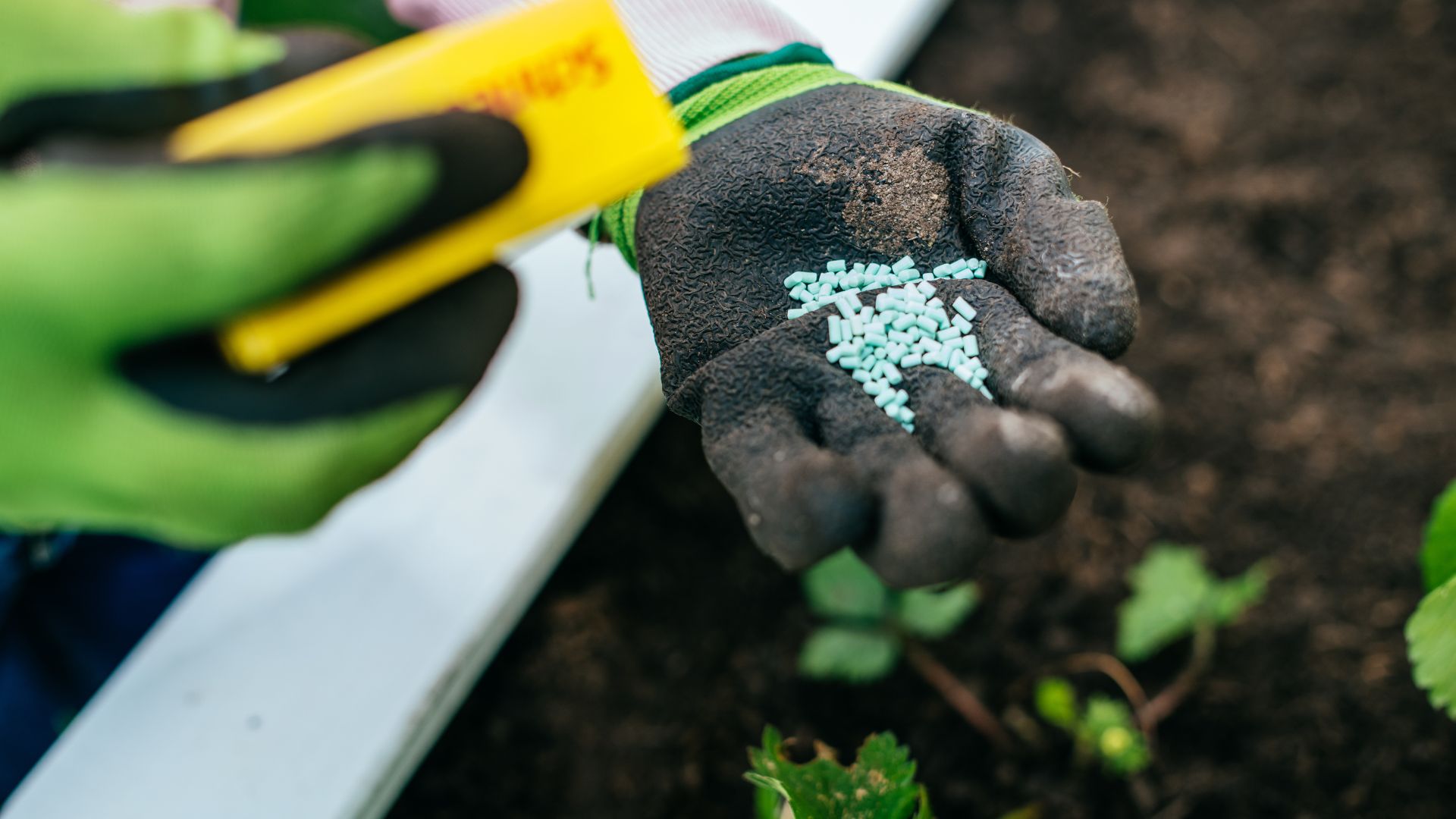
Garden pests can be a real surprise challenge when you first become a homeowner. They can spring out from everywhere and can be a real pain to get rid of. Whether it's deterring foxes from your garden or stopping rats from taking over, it's best to start with prevention.
“Spring pests can damage all your hard work,” Tom explains. "Regularly check your plants for aphids, slugs, or fungal diseases and take swift action by applying natural remedies, using slug pellets, or targeted sprays where necessary."
“With a little effort now, you’ll enjoy a vibrant outdoor space all spring and beyond,” Tom concludes.
6. Start planting crops
Now is a great time to get started on some of your fruit and veg sowings, so whether you're vegetable gardening for beginners or starting your first-ever patch, March is a perfect starting point.
"If you’re hoping to grow some veg this year then now is a good time to prep and improve the soil," says Chris Bonnett, a gardening expert from GardeningExpress.co.uk. "Most vegetables grow best in rich soil and you can enrich yours by adding things like bark, manure and grass clippings."
He also points out that now is the perfect time to plant strawberries, he explains, "Planting now gives you a harvest around early summer. Strawberries are ripe and ready to harvest when they’re bright red, however, it's worth noting that they don’t remain fresh for too long once ripe, so eat them sooner rather than later."
However, if you're looking to start growing your own veggies Nicola Bradley, Head Gardener at Heligan, says it's time to sow broad bean seeds, potatoes and onion or shallot bulbs.
"You can plant out your first onion sets and shallots, so they’ll have a long growing season. Also, start planting potatoes out from March onwards, It’s best to plant batches out in succession every 10 -14 days, earlies through to main crop varieties," she explains.
7. Planning your garden
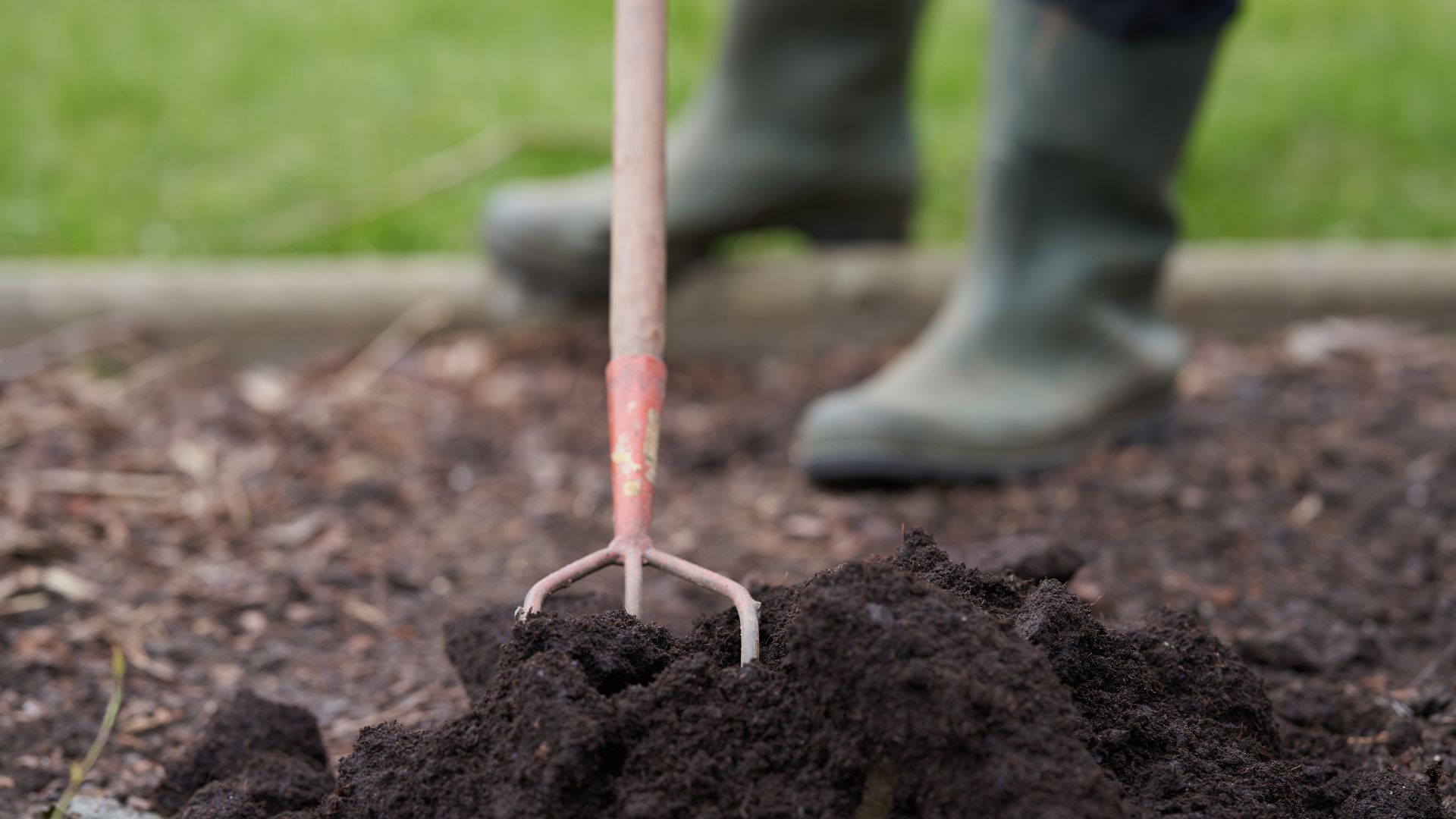
Before you start planting your summer bulbs and trying out outdoor living room ideas, it can be a good idea to get a rough plan together.
"Gardens can bring year-round joy, and with a bit of planning you can have a garden that produces vegetables almost every month of the year and flowers that don’t fade until the ones beside them bloom," says Andrew White, gardening expert at Rhino Greenhouses.
He suggests taking some time to think about what you love having in your garden and how you want to use your space. "Think about your raised beds, flower beds, where you want to grow vegetables, your larger pots and containers. Some gardeners enjoy making a map of their garden, thinking ahead to what will flower and ripen at different times," he adds.
The best part is that you can completely customise your garden, try out some succession planting and even add a small pond.
8. Give your greenhouse some TLC
Should you be lucky enough to have the space for a greenhouse then now is the time to give it some TLC and a good clean.
"Take some time to check that the doors and vents are all working well and in good condition and that there aren’t any repairs needed," says Andrew. "You will want to clean the panes of glass, to make sure as much precious sunshine as possible reaches your seedlings when you get them in the soil."
9. Start mowing your lawn regularly
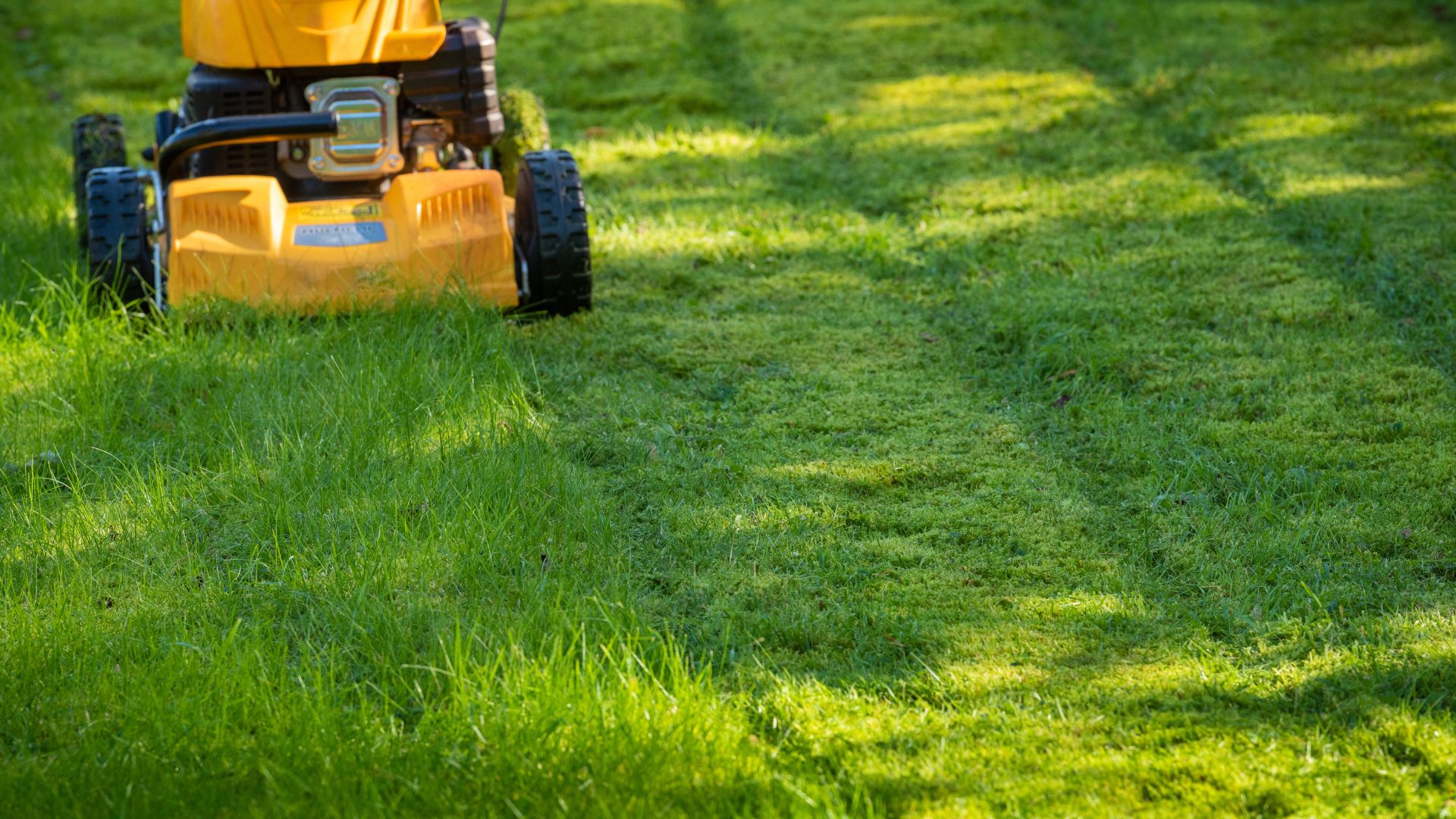
After a winter of avoiding all possible lawn care mistakes, March is the time to take action and mow the lawn as it starts to grow faster.
Jamie Shipley says, "You can begin mowing again but cut lightly and keep the grass fairly long to keep moisture in during the warmer months. Ensure that temperatures are mild enough, as mowing with any signs of frost on your lawn could cause unnecessary damage when your grass is most vulnerable."
He warns that premature mowing could result in brown, withering grass or even the blades dying completely. Jamie adds that mowing should only be needed every two weeks in March and April, increasing to once a week when May arrives.
FAQs
Are there any jobs that definitely do not need to be done in March?
Similar to how you need to avoid common winter gardening myths, some jobs don't need to be done in March and in fact can cause damage if they are done now.
Sian Napier, Freelance Gardener and Gabriel Ash Spokesperson says, "One thing that can be quite tempting to do in a garden when the sun starts to shine is to trim back and tidy up your bulbs. As hard as it is to watch the leaves of any bulbs die back, it's essential for ensuring next year's flowers can populate. I recommended to leave them until late June when you can then trim them back."
The same goes for the plants you shouldn't deadhead, it might be very tempting to get the secateurs out, but some species need to be left to die back naturally before returning.
Once you've got all the essential jobs out of the way why not try out some of this year's biggest garden trends?







